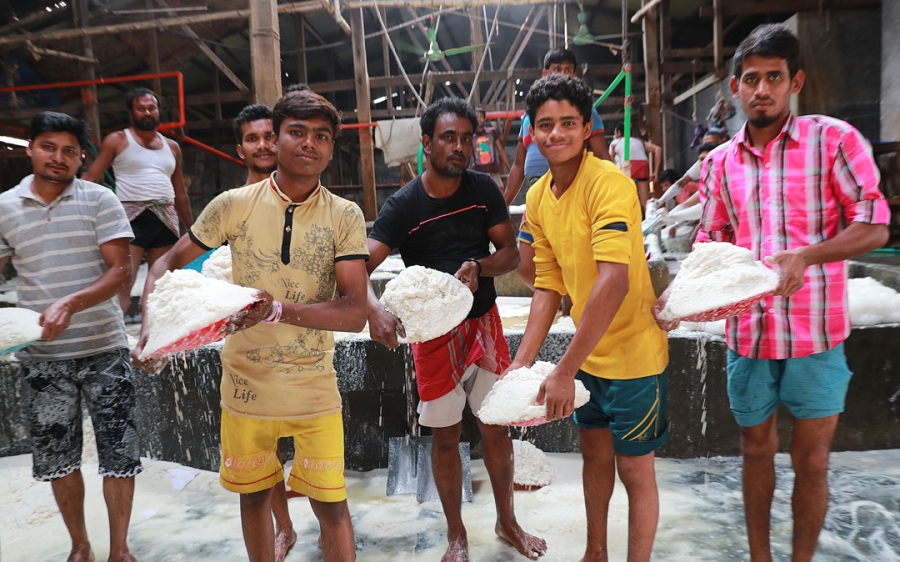Reaching the Very Poor at GAIN
We seek to intentionally, specifically, and equitably promote consumption of healthier diets for people experiencing poverty and related vulnerabilities.
We seek to intentionally, specifically, and equitably promote consumption of healthier diets for people experiencing poverty and related vulnerabilities.
The Global Alliance for Improved Nutrition (GAIN) seeks to intentionally, specifically, and equitably promote consumption of healthier diets for people experiencing poverty and related vulnerabilities. GAIN’s 2023-2027 Strategy firmly emphasises reaching the very poor as a central goal, highlighting that individuals experiencing poverty are especially vulnerable to system shocks that can jeopardise nutrition security.
GAIN acknowledges that the various programmatic and policy contexts in which we work have distinct characteristics, and that the appropriate definition of ‘poverty’ may differ dependent on context. Thus, instead of prescribing a single poverty line or threshold to be used across programmes, GAIN typically utilizes one or more of the following measures of poverty:
GAIN’s approach to reaching the very poor is community-oriented and human-centered, emphasizing the critical roles of policy, market systems, and social factors in creating an enabling environment for improved access to nutritious foods for people living in poverty.

Affordability prevents people experiencing poverty from accessing nutritious food and they may be excluded from resources necessary to buffer against food system shocks. Therefore, addressing inequities in the production, distribution, and consumption of food is critical for promoting consumption of nutritious foods among this population.
Much of GAIN’s work to reach the very poorest consumers is situated within the Social Protection programme, which is currently working to improve the nutrition-sensitivity of social protection systems in Bangladesh, Ethiopia, India, Indonesia, Kenya, Nigeria, and Pakistan. Under Nourishing Food Pathways, GAIN is supporting governments and other stakeholders to improve nutrition-sensitive social protection policy, promote integration of nutritious food value chains in social protection systems, and to design more nutrition-sensitive social protection programmes.
GAIN strives to be sensitive to the needs of people living in poverty across our entire programmatic portfolio. To ensure that GAIN’s projects and programmes are adequately reaching the very poor, we take the following actions:

Technical Officer